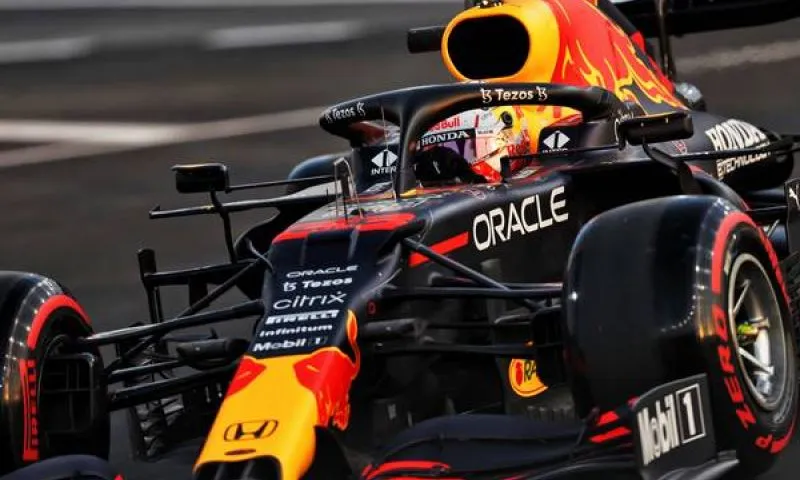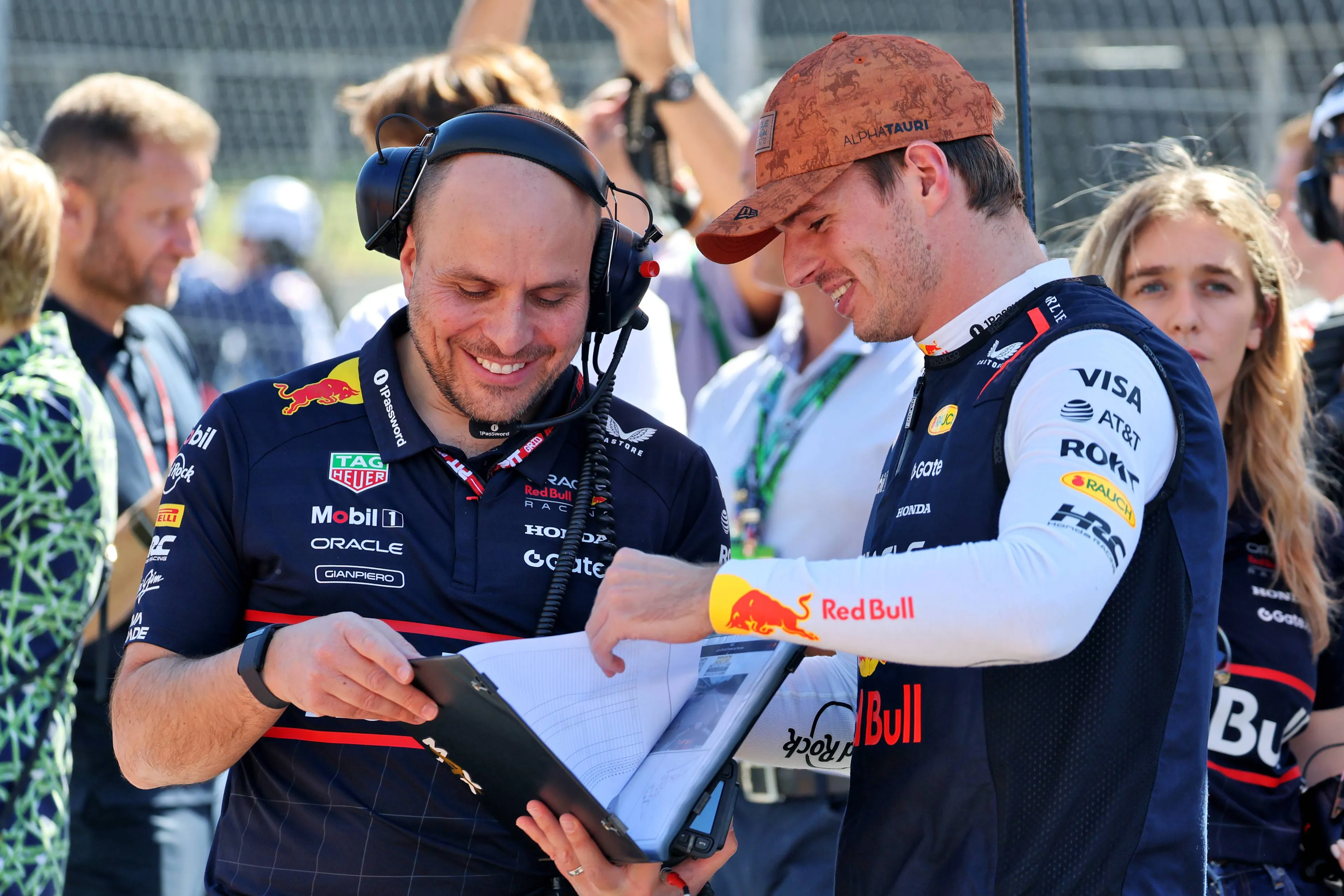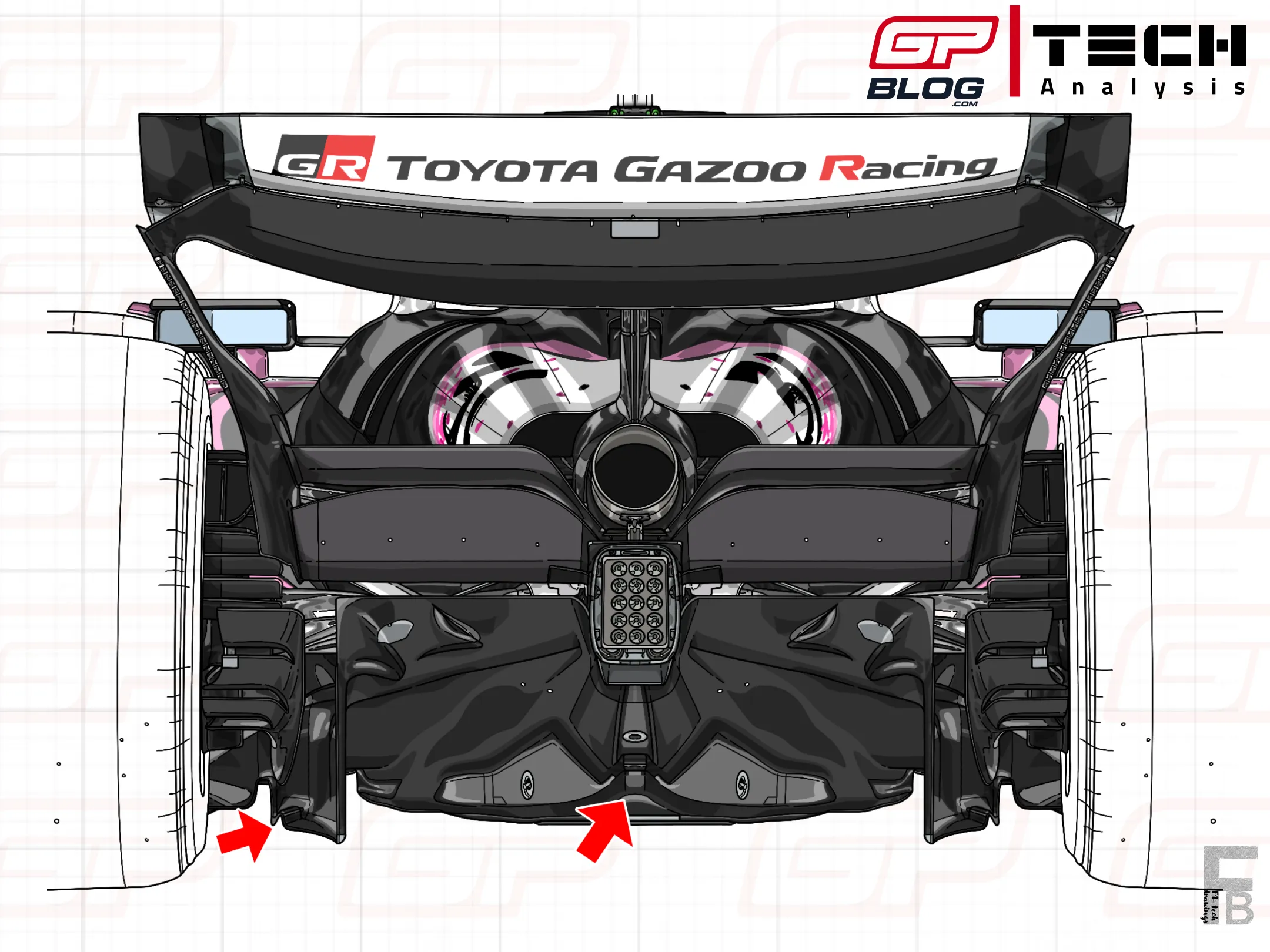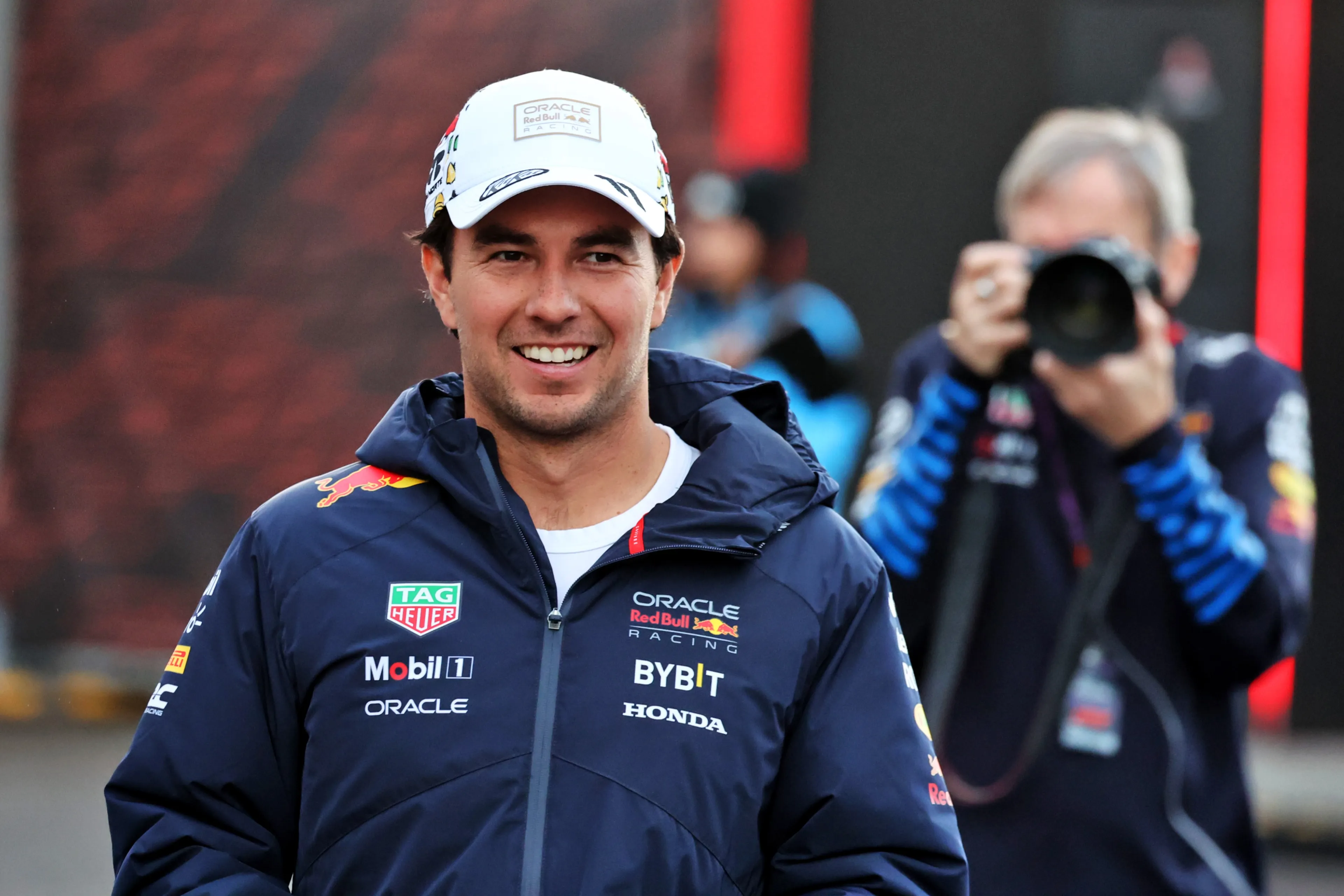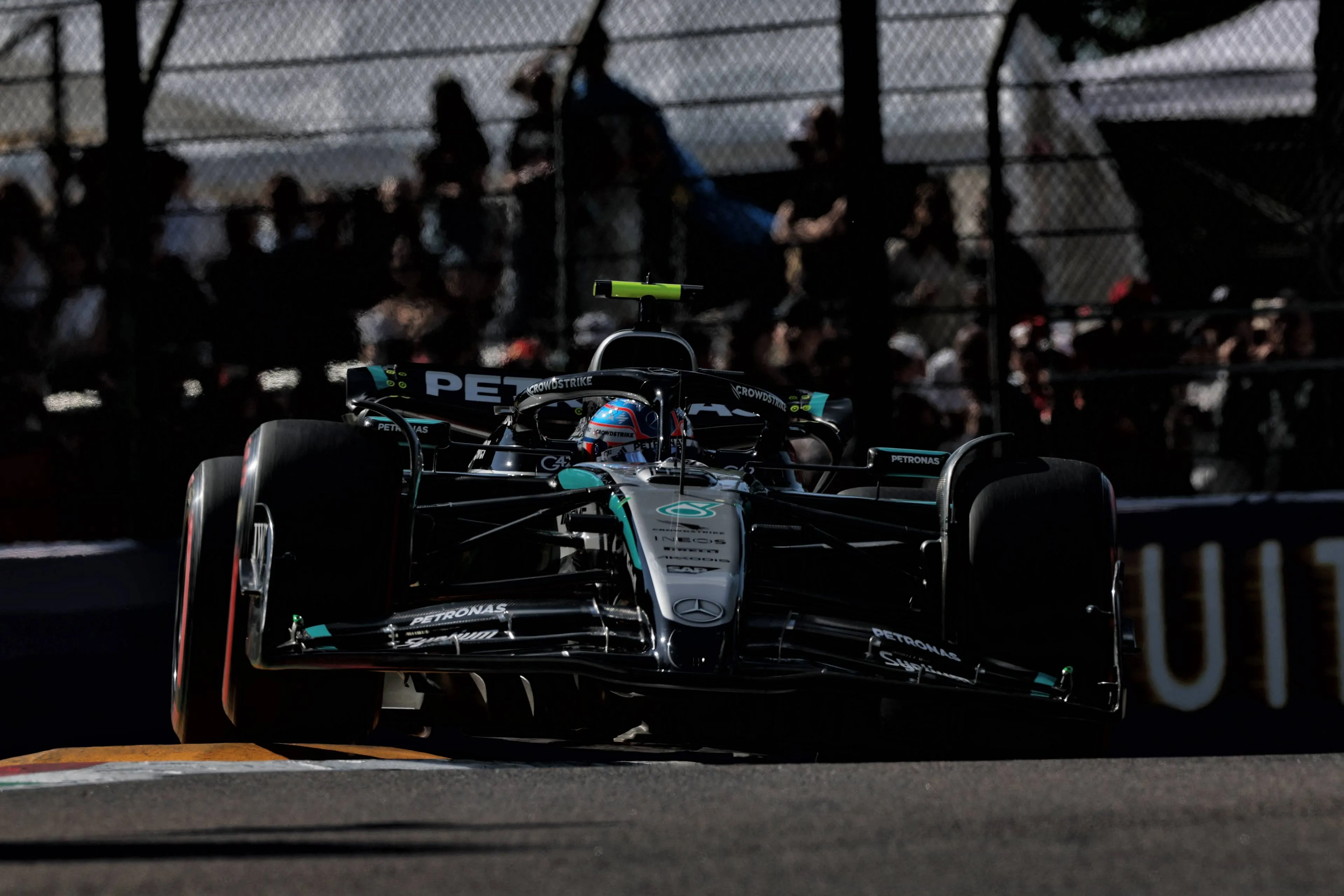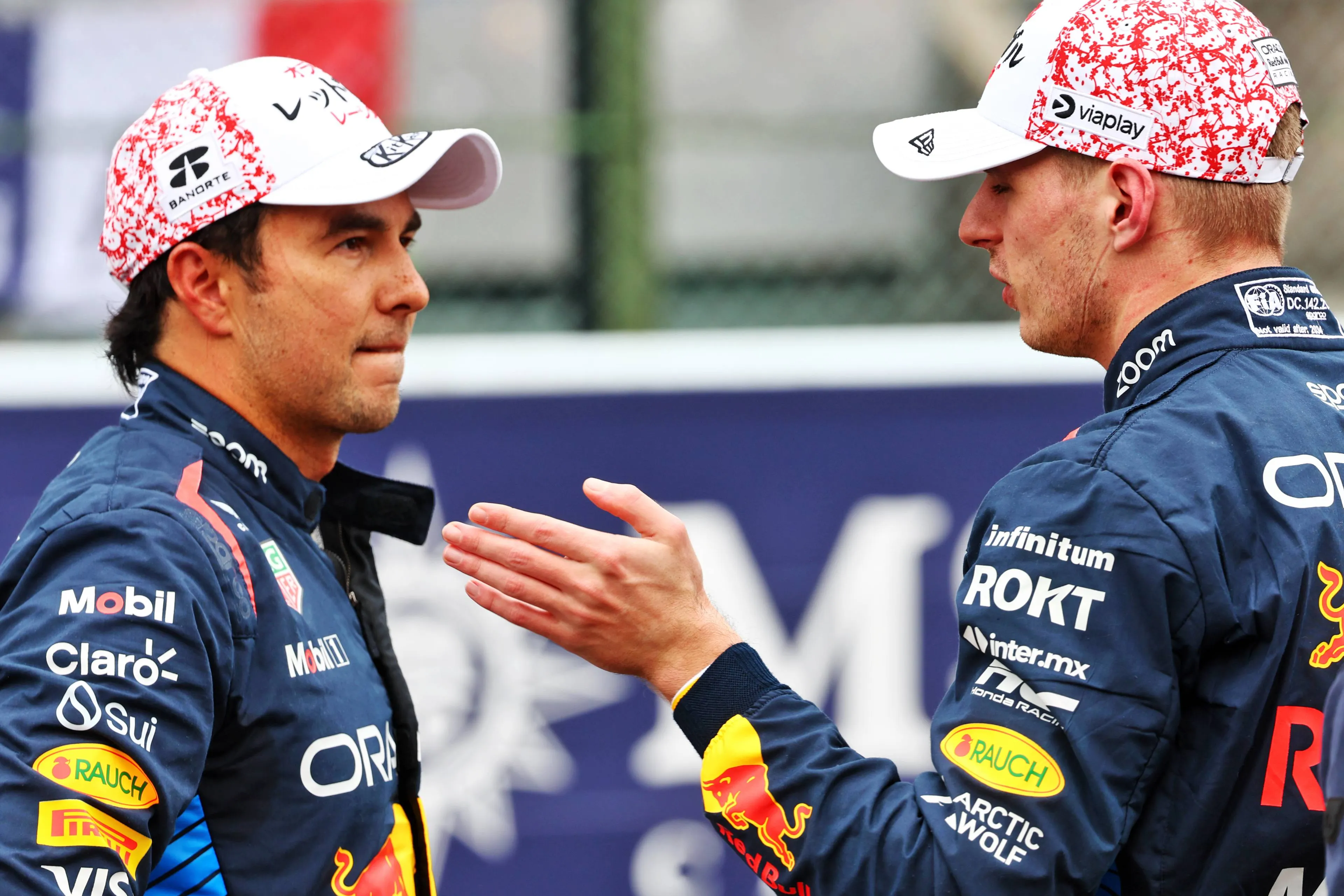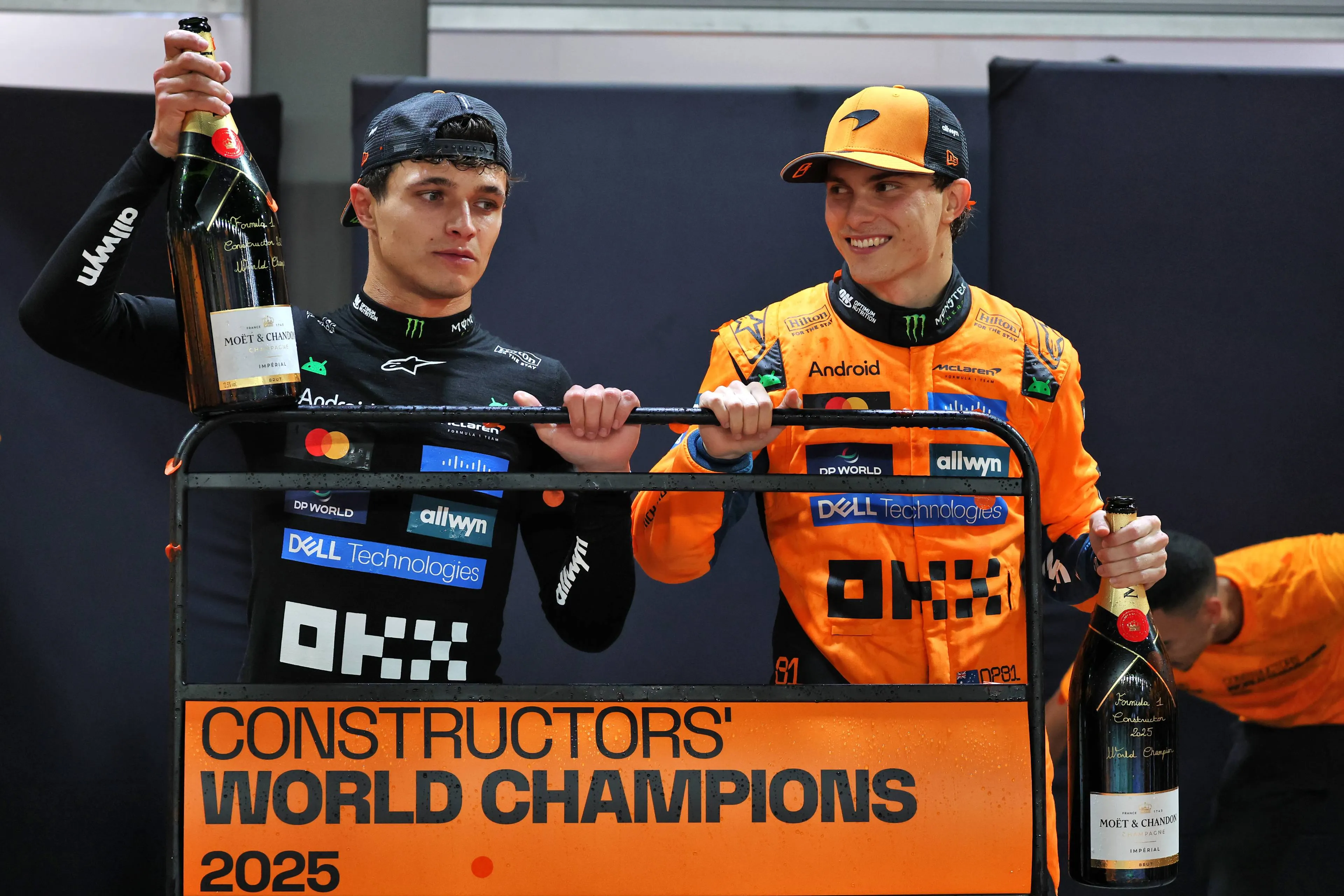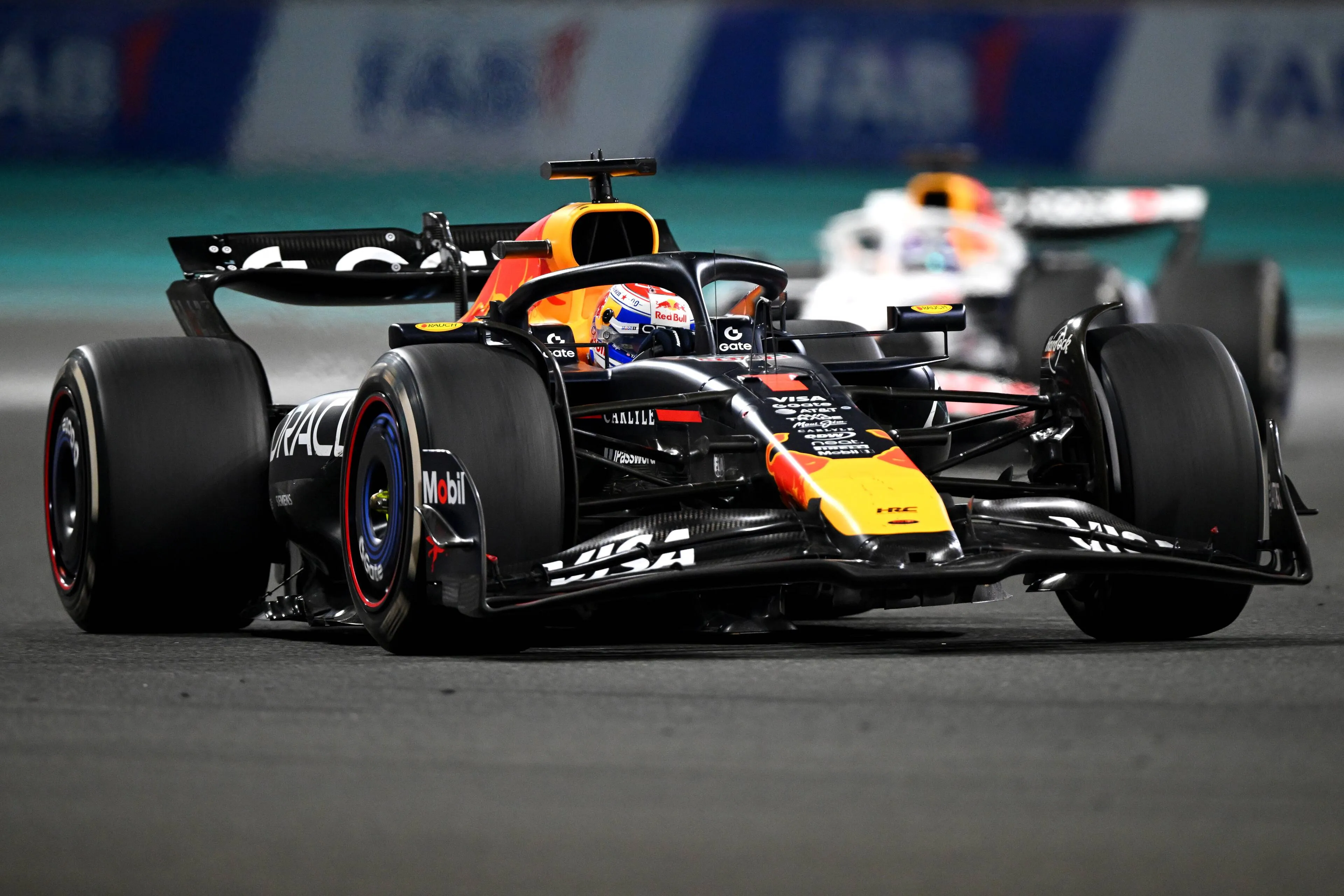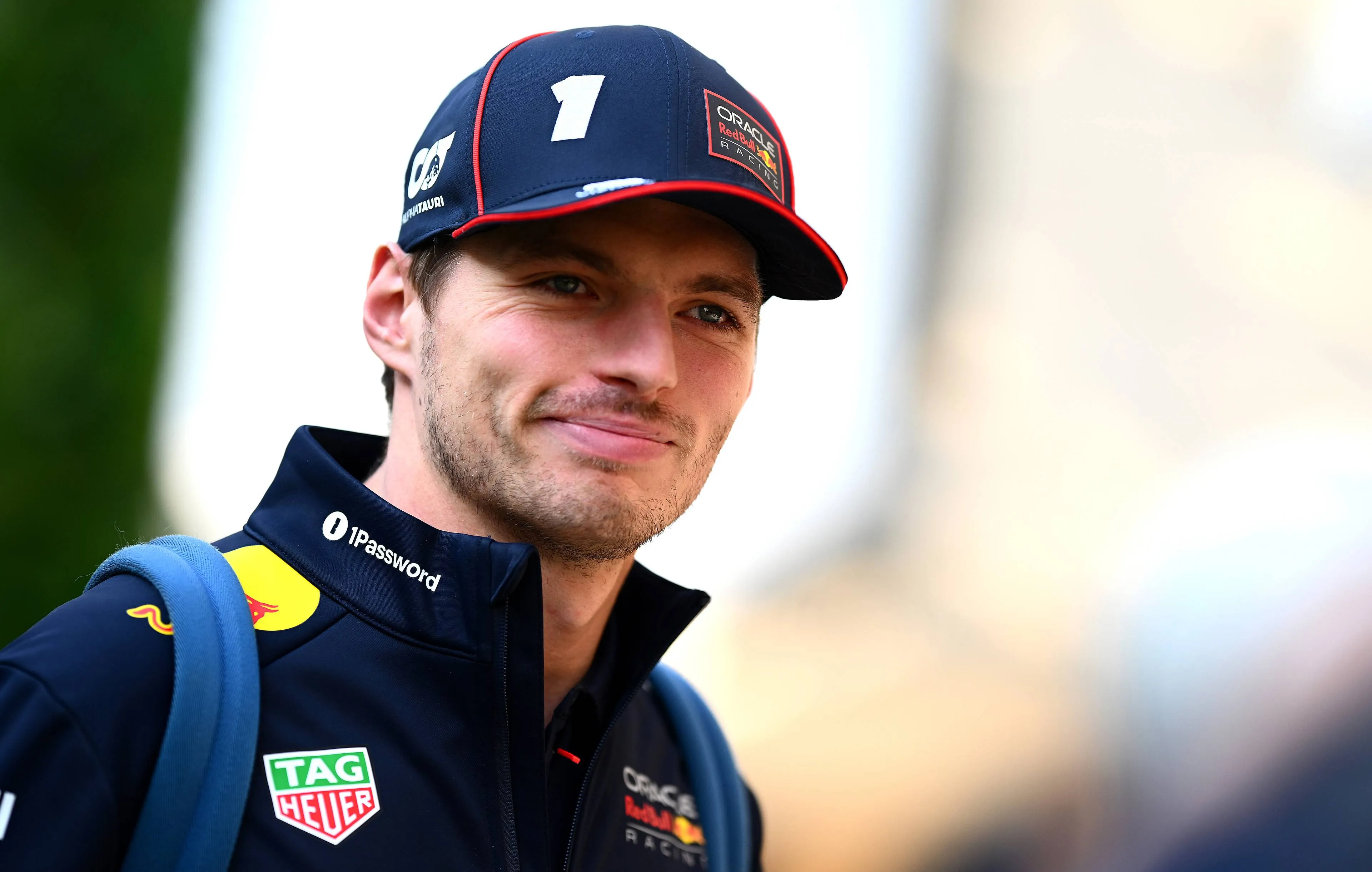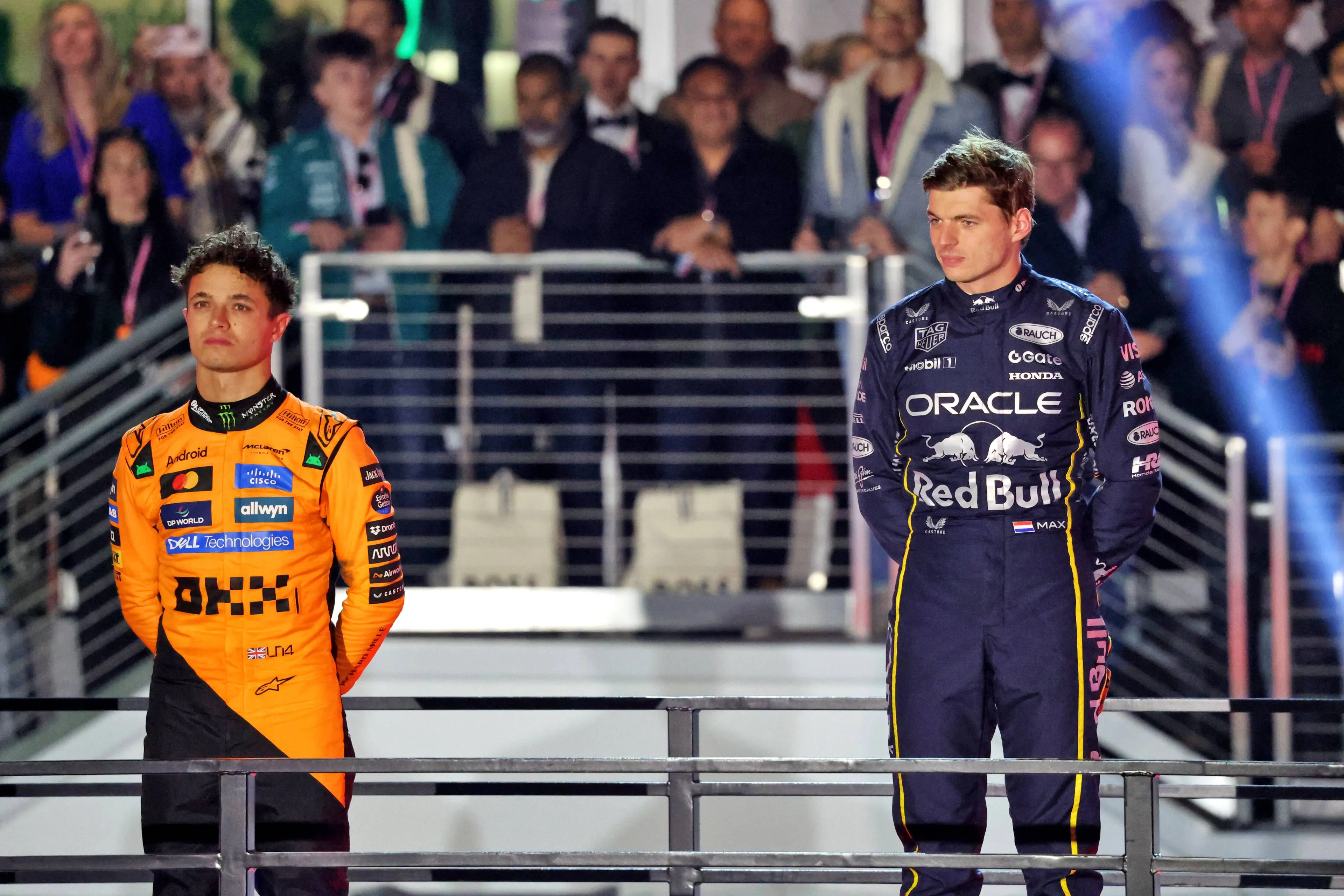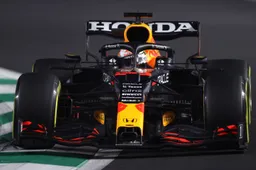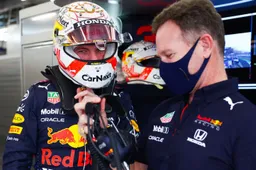Long run analysis | Mercedes miles ahead, but Verstappen could pinch pole
23:15, 03 Dec 2021
11 Comments
Red Bull Racing are miles off the pace when it comes to the long runs, but Max Verstappen is close to his World Championship rival on the single lap pace. Our Friday analysis tells us that Red Bull Racing are setting the car up for a single-lap, rather than the main Grand Prix. Overtaking in Jeddah is going to be extremely difficult and that could play into Verstappen's hands if he beats Lewis Hamilton to pole position.
Long runs v Qualifying pace
Whilst there are three DRS zones, overtaking in the Saudi Arabian Grand Prix is going to be extremely difficult even if the driver is equipped with a superior car. There are few braking zones and the walls make the track narrow so it's easier to defend compared to traditional circuits. Any overtaking manoeuvre carries a high risk. Pole position is therefore extremely crucial, perhaps more important than Monaco's pole position.
So much so, that Max Verstappen opted to run extra qualifying laps to get a good run without traffic. This ate into his long-run time in the second free practice, but the Dutchman knows what is more important this weekend. Could Red Bull be setting Verstappen's car up to pinch pole position and then try to hold onto the lead by using the width of the track on Sunday and defending like a lion?
One problem that Red Bull Racing faces with that strategy is that Sergio Perez seems to be miles off the pace. This would leave both Mercedes drivers breathing down Verstappen's neck. Toto Wolff's team would have many strategy options open.
On the long runs though, Mercedes decided to split strategy between both Bottas and Hamilton. The British driver ran his high-fuel laps on the medium tyre whilst his teammate used the soft compound. Both Red Bull drivers opted to use the medium tyre and sat a fair distance behind Hamilton. With a slightly extended qualifying simulation run and the red flag in the final five minutes of the session, the long-run data isn't entirely reliable. But the Mercedes car seems to have a better set up than Red Bull Racing on the high fuel
| Driver | Average lap time during stint | Tyre |
| Valtteri Bottas | 1:34.558 | Soft |
| Lewis Hamilton | 1:33.991 | Medium |
| Max Verstappen | 1:35.068 | Medium |
| Sergio Perez | 1:34.967 | Medium |
Best lap times
As always, engine modes and fuel loads are unknown. The high levels of traffic also saw drivers pulling out of laps. We have therefore combined the best sector times recorded by each driver to see what their ultimate practice two lap would've been.
Hamilton's lap remains the same, but Bottas and crucially Verstappen move closer together. Less than one-tenth splits the three drivers. Could Verstappen be closer to the Mercedes than it initially seemed? This would bode well for Verstappen if he tunes the car more towards qualifying than the race. However, Wolff alluded in the last race that Hamilton will run with his "spicy equipment" in Saudi Arabia. That includes the engine from Brazil and previous experience tells us how powerful that is.
| Driver | Best Sector 1 | Best Sector 2 | Best sector 3 | Best combined |
| Lewis Hamilton | 32.624 | 28.438 | 27.956 | 1:29.018 |
| Valtteri Bottas | 32.747 | 28.389 | 27.892 | 1:29.028 |
| Max Verstappen | 32.550 | 28.547 | 27.990 | 1:29.087 |
| Sergio Perez | 32.742 | 28.747 | 28.225 | 1:29.714 |
Dangerous in qualifying
As drivers slow down towards the end of the warm-up lap to give themselves enough room to the car in front, traffic often builds up. This happens at most circuits around the world but rarely does it cause a big problem like it could in qualifying for the Saudi Arabian Grand Prix.
The narrow track means it's hard for drivers to get out of way and clear of the racing line. Combine this with the blind corners, and a dangerous situation occurs. Cars going at full speed are passing others coasting along at 40mph. A meeting between the drivers will need to take place to ensure everyone sticks to the conduct, otherwise, the FIA will have to take action.
One saving grace could be switching on the soft tyres. When the tyres are cold, they seemed to slide all over the circuit and give drivers significantly less grip. There's a chance they could opt to push harder during the warm-up lap and therefore not create a traffic jam at the end of the lap.
Read more about:
Popular on GPBlog
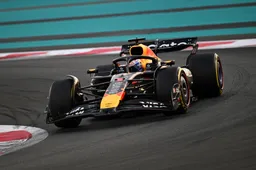
1
Red Bull leads F1 2026 car launches, one team yet to make announcement
3776 times read
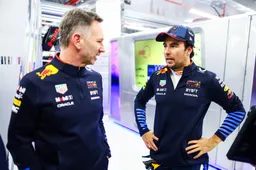
2
Perez reveals final Horner conversation after being replaced by Red Bull
1262 times read
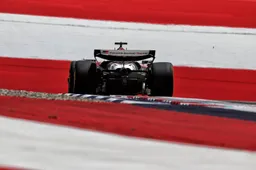
3
Team switches launch date of F1 2026 car due to over-congestion
602 times read
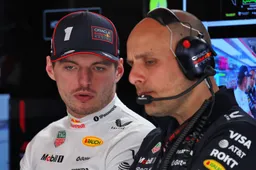
4
Verstappen’s race engineer Lambiase to remain at Red Bull Racing
596 times read
Loading
